If you haven’t figured out by now, I’m sort of obsessed with story. Especially real stories. I’m a sucker for a good memoir and I love the stories of people’s lives.
I also love a wordless story. Photograph’s that tell a story. And show what our every day lives are like.
Often a single image can tell a story and show who someone is or what they’re doing. And can be very powerful on their own.
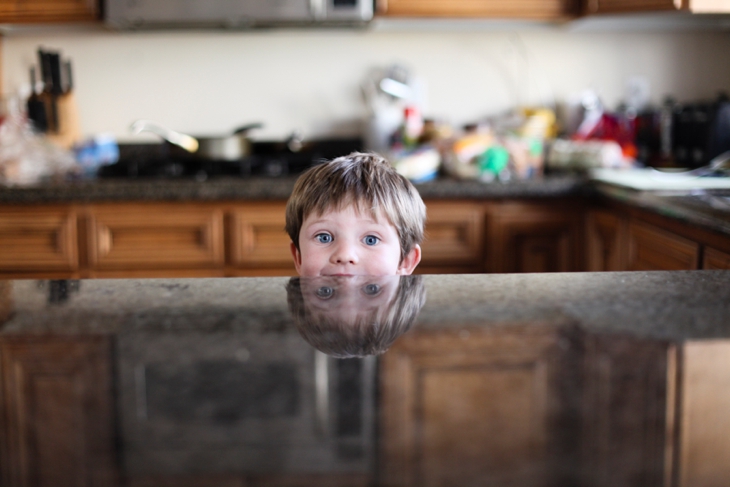

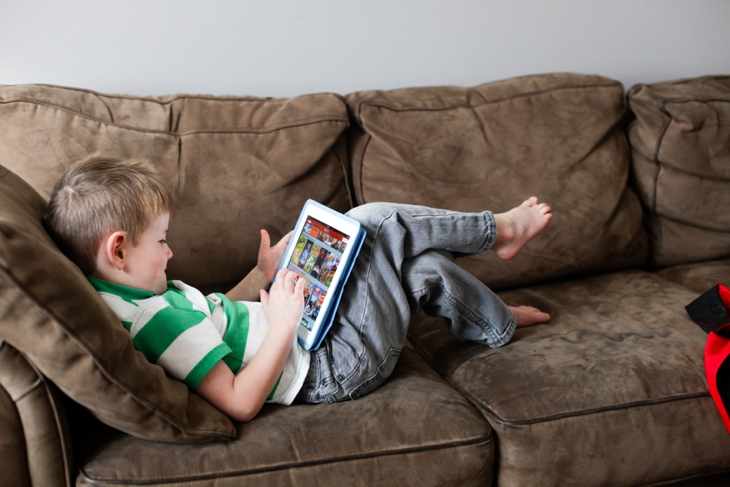
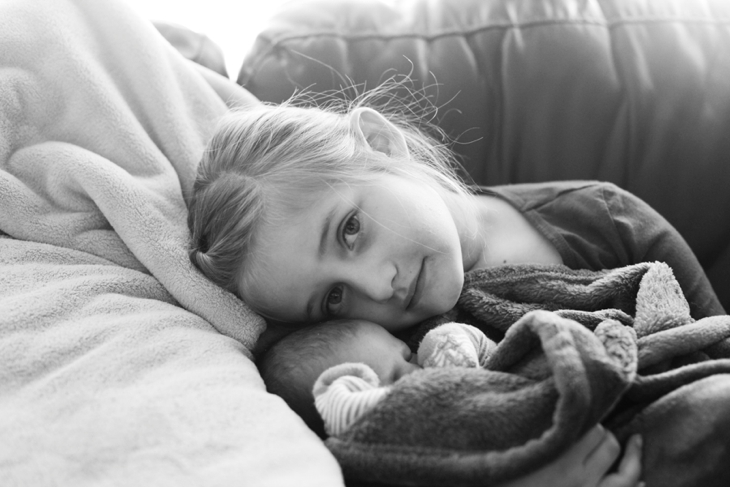
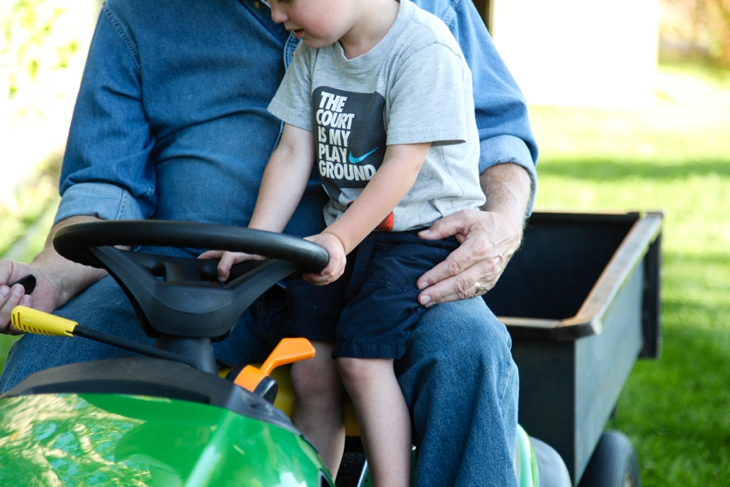

But many times, we can really tell a complete story if we’re intentional and thoughtful about the photos we take. There are certain components to any story, whether told through words or photos, that help tell a great story. The scene, environment, or background. The character. Moments of conflict, learning, action, or struggle. Emotion. Details. And an ending or conclusion.
When taking photos of our everyday lives, I try to be mindful of these elements.
Here is an example using these components of story.
1. SET THE SCENE
Step back, use a wider angle, get the surroundings and set the scene of where the story is taking place. (This also slowly warms the kid up to the camera so they resist the urge to look at you and disengage from what they’re doing.)
I try a few different angles when setting the scene.
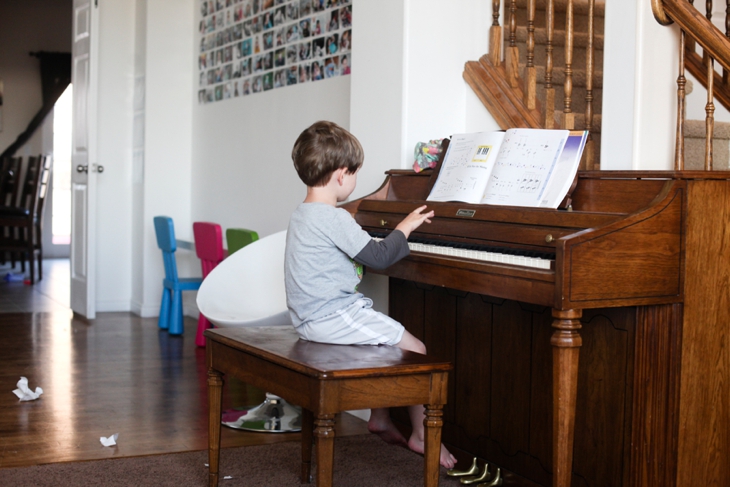
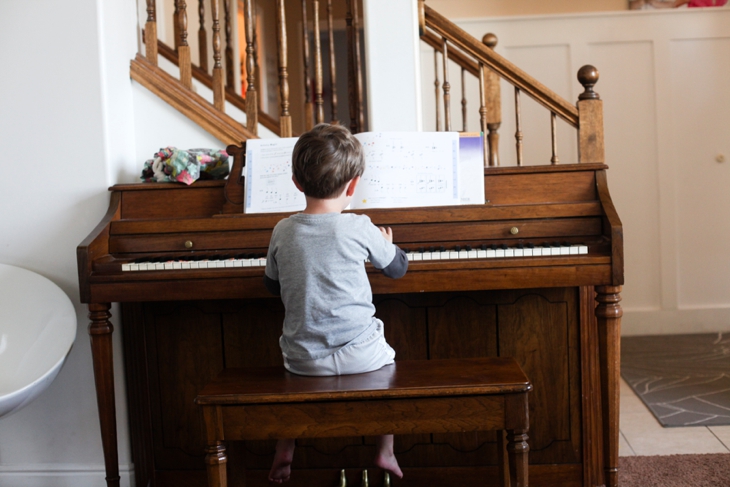
2. THE DETAILS
Get in close and get some detail shots that help tell the story and help you feel something, not just see something. Detail shots are my favorite. It forces me to take a closer look at the story and really pay attention. Look for different angles and different elements of the story. Details that help paint the whole picture.
If you’re using a phone camera, get in close (don’t zoom–physically move closer). If you’re using a dSLR, learn to use aperture priority mode and lower your aperture to around f2.8 to get great detail shots.

See those dirty I’ve-been-playing-in-the-yard-without-shoes feet. That’s an extra bonus detail.
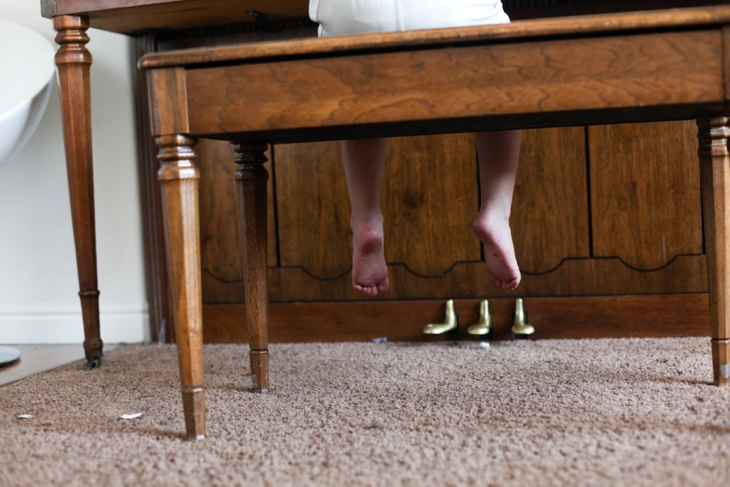
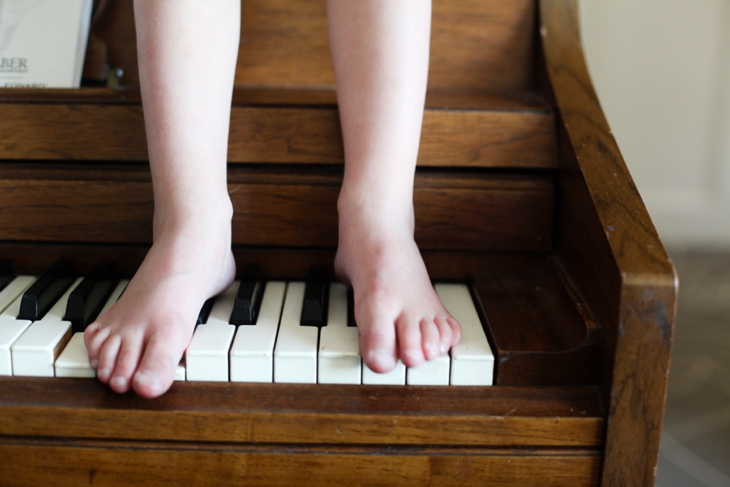
Look for some detail shots that don’t include the person. These come in handy when displaying the photos.
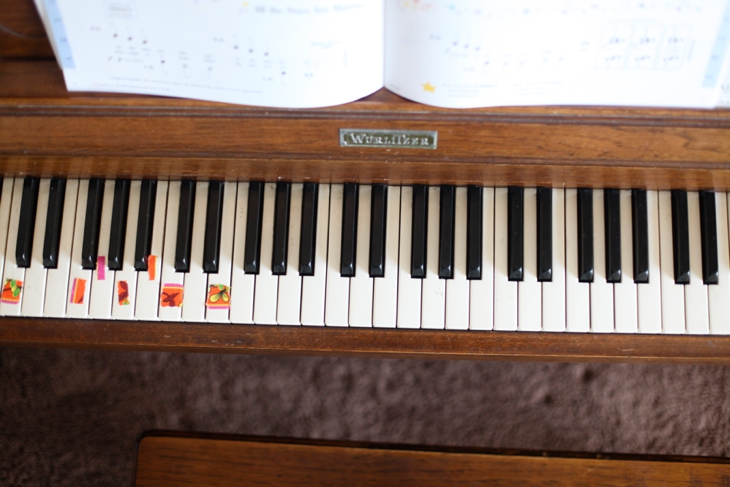
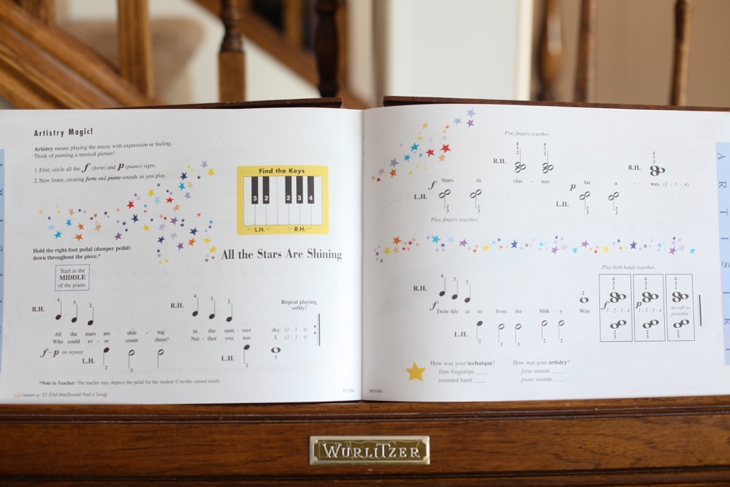
Sometimes my girls cheat and use duct tape to help them remember where to put their fingers.
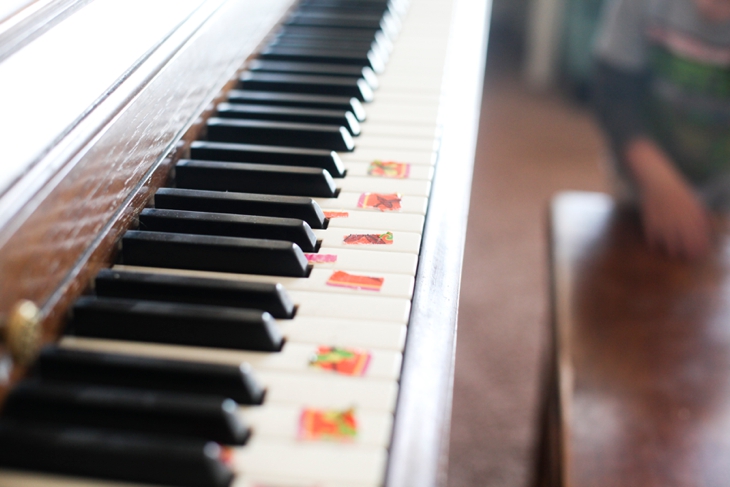
Look for different angles as well. Don’t be afraid to experiment with angles. Get up higher using a chair or stool. Get on the ground. Move around where the action is taking place. You never know and may be surprised at what you’ll end up liking.

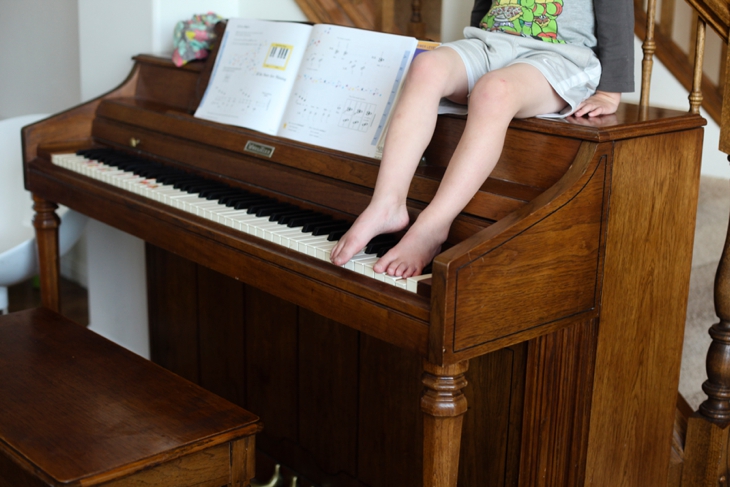
3. MOMENTS OF CONFLICT/LEARNING/ACTION/STRUGGLE
These are the money shots and usually the ones people are aiming for. The moment where the action takes place and the story unfolds. While these photos are critical to the story, they are just a part of the whole story. The other elements we’re discussing are equally important to the story as a whole.
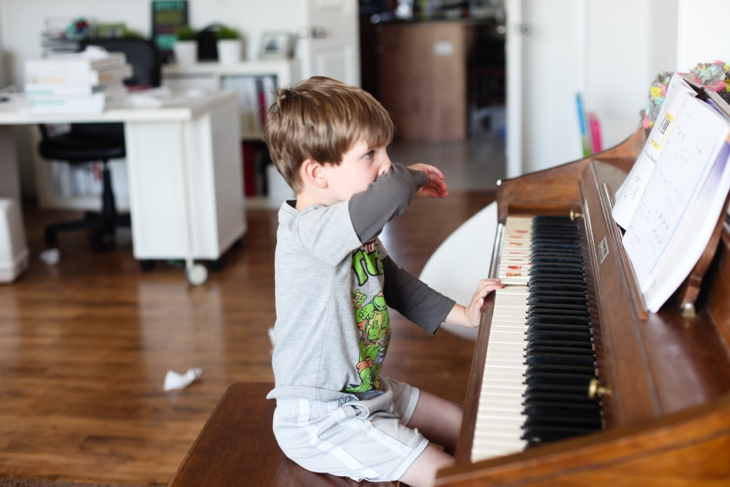
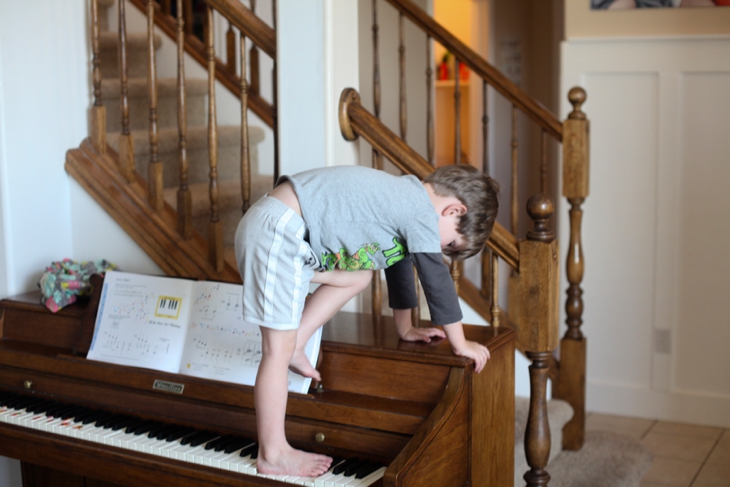
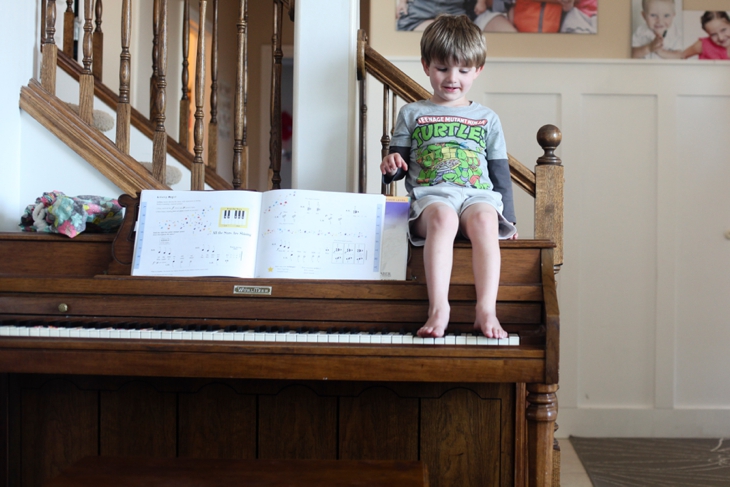

Normally I’d shut down the whole climbing on the piano thing, but he knows when the camera is out he has extreme amounts of freedom to ad-lib at will.
4. EMOTION
These shots can be tricky and require some patience, but they’re definitely worth waiting for and add so much to the story. They show WHO the character is. Wait for an expression or a “look” that shows their personality. The photo you look at and say “Oh man, that is so them.” The little quirks that make the “character” unique. These are shots that make you feel. The emotion shots.
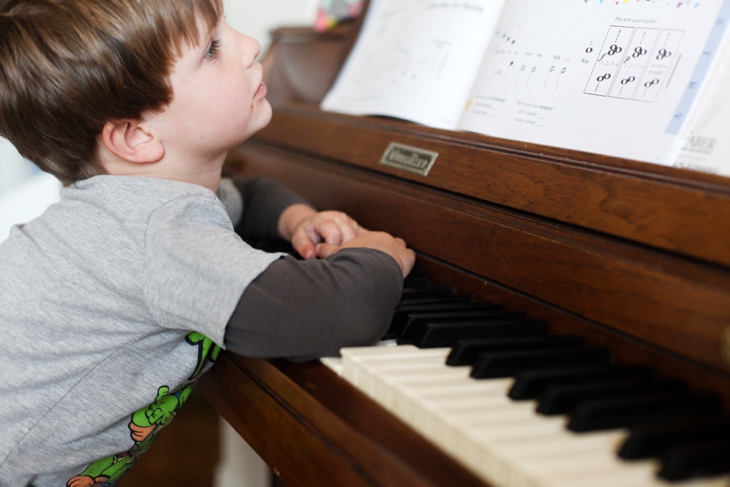
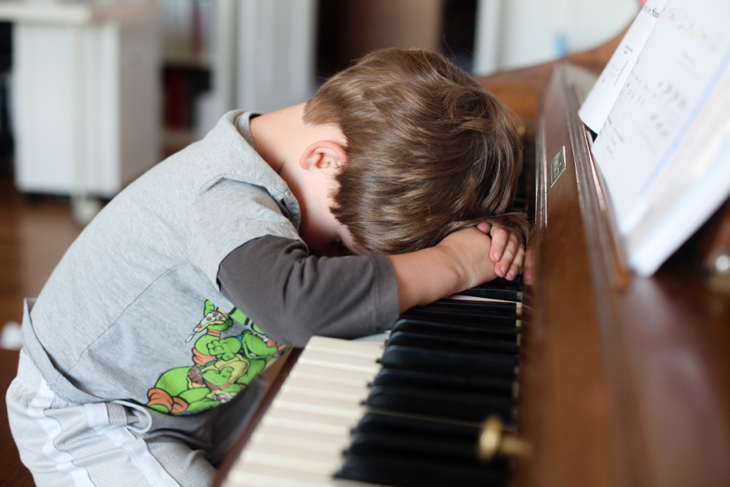
5. THE CHARACTER
I purposely saved this towards the end. Of course we want to know who the character is. And what they look like. And it’s fun to have photos where we can see into their eyes. But I usually save this one until after I get the conflict/action shots and the emotion shots. Because once we ask them to look at the camera and they disengage from what they’re doing, they may never re-engage. And then we miss a huge part of the story. So I wait towards the end and then occasionally will ask them to look at me really quick. Many times I just slide in and take the photos of the everyday moments, and slide out without ever disrupting what they’re doing.
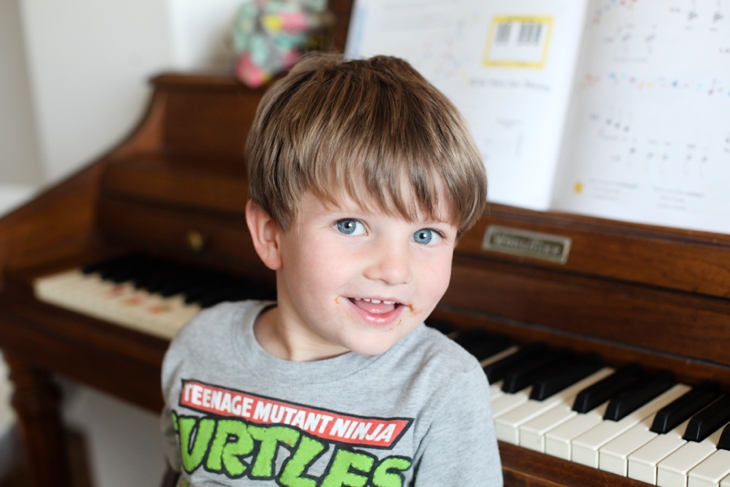
I purposely didn’t wipe off or photoshop out the mess on his face because he’s 3. And he constantly has some sort of residue on his face. It’s there in real life, so it stays there in the photo too.
6. THE END
This is the photo that wraps it all up. How the story ends. You could end with the portrait shot, but it’s fun to have one finale shot as well.
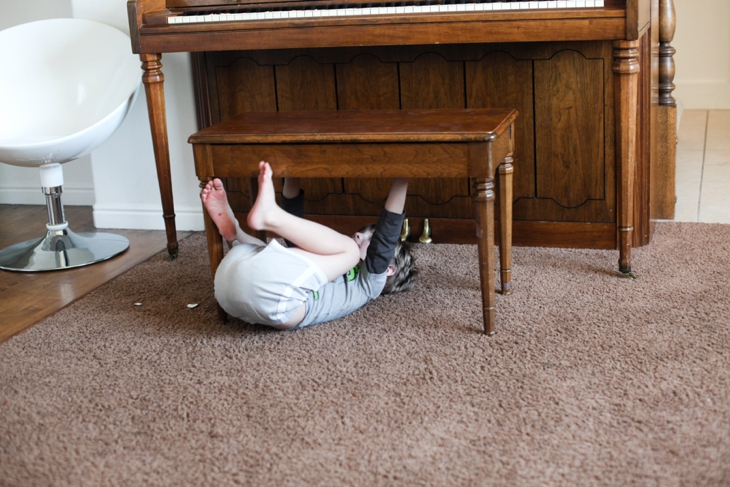
As I mentioned before, many of our everyday photos will just be a “one and done” kind of deal that tell a story with just the one photo. But keep these ideas in mind when trying to tell a story with your photos. It takes some practice to do this instinctively and remember all the elements, but you’ll quickly get the hang of it. The key thing to remember is that it takes practice. And some effort. Like all good things in our life.
A few more things to keep in mind:
**Pay attention to the everyday moments that make you FEEL something and photograph those stories.
**Don’t ask your subject to look at you. Resist the urge to say “Look at the camera” or “Look at me and smile”. Try to capture the story and leave your subject engaged in what they’re doing.
**Move around and try different angles.
**Find good natural light (which may mean re-locating in some instances. If possible, set the scene where there is good light)
**Resist the urge to always clean up the surroundings. Every day photos are interesting when they’re as real as possible. Which includes surrounding mess and clutter.
You can apply this process to most situations and any age of kid or adult. You can also use any type of camera. Here’s an example using only my iPhone.
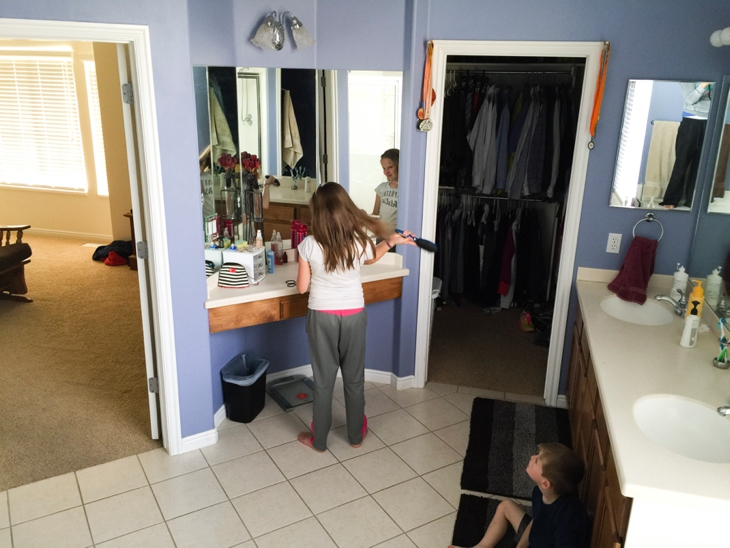
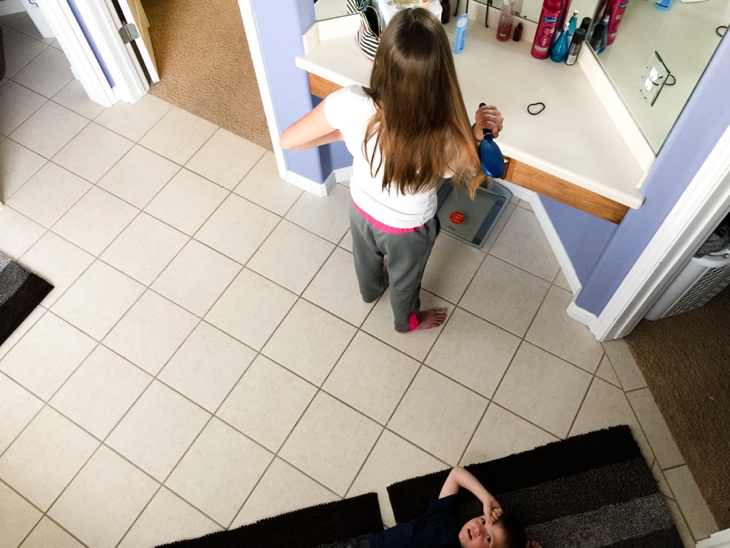
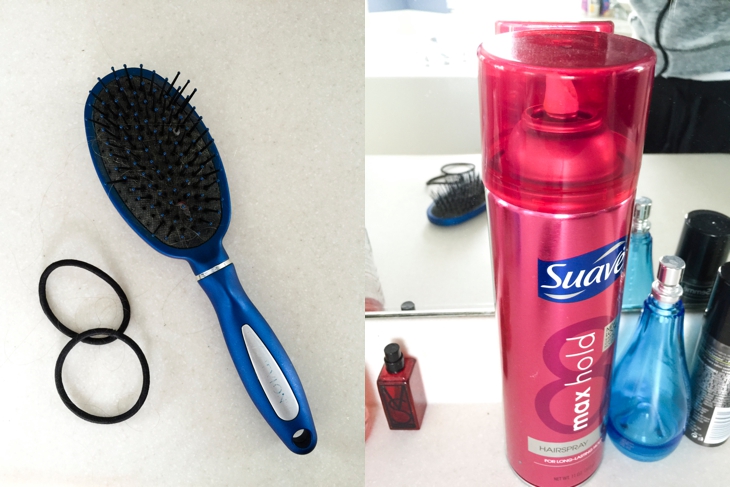
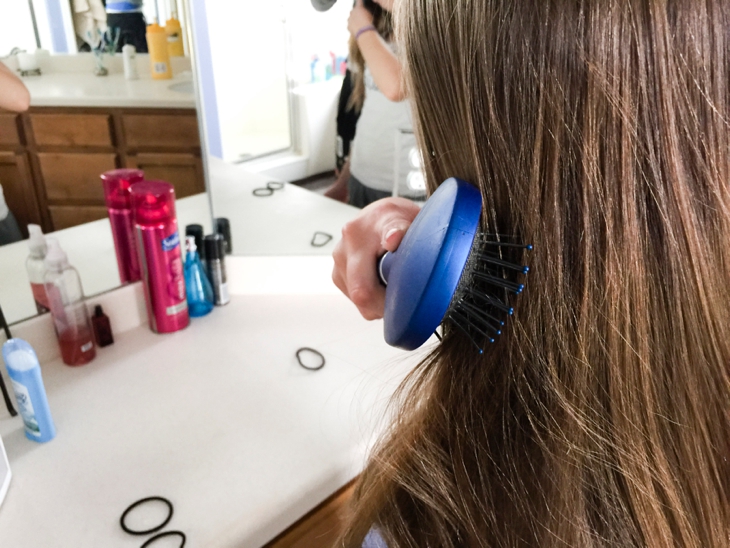
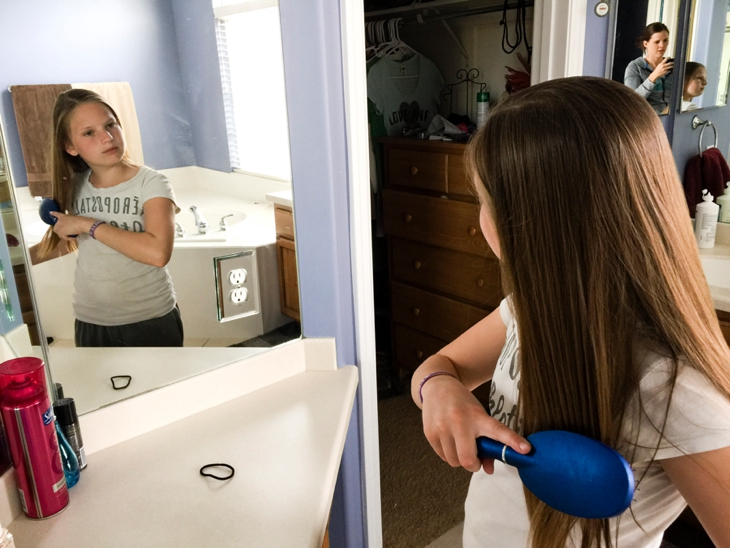
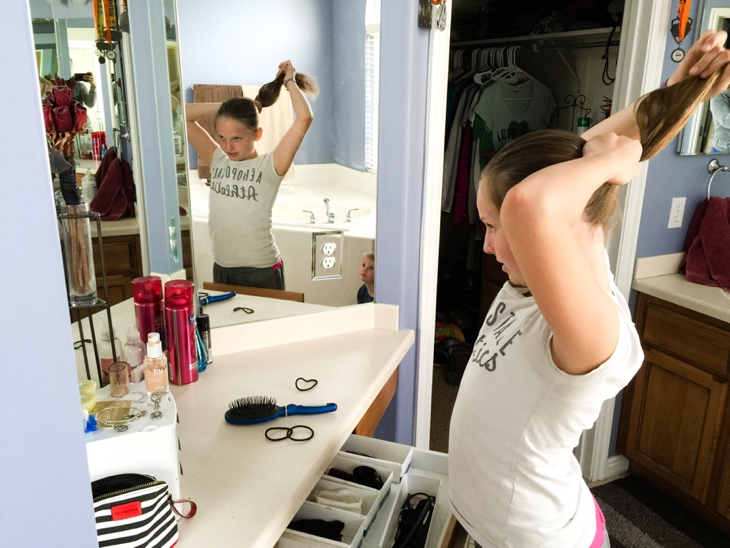
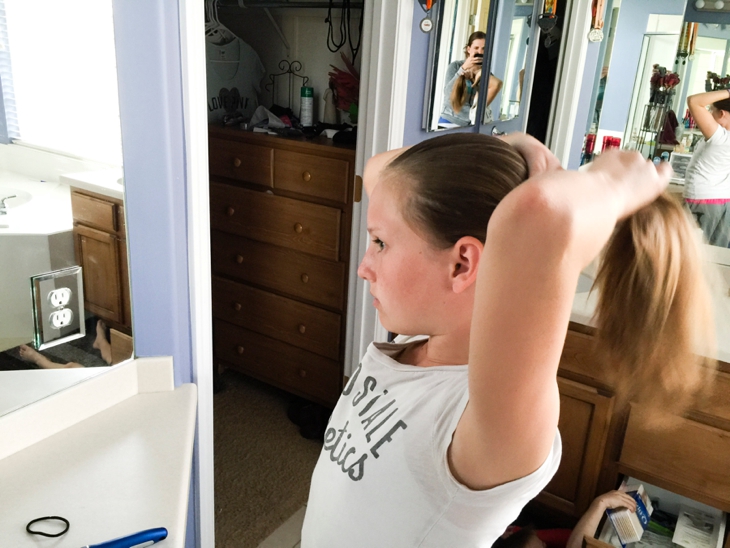
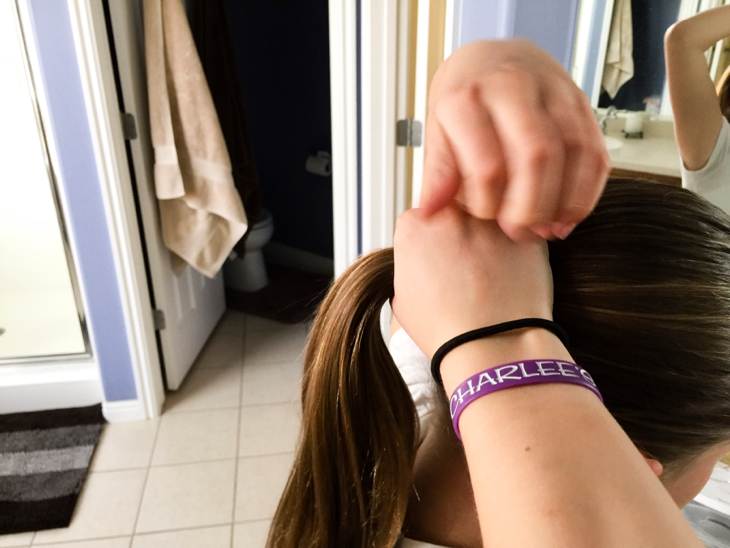
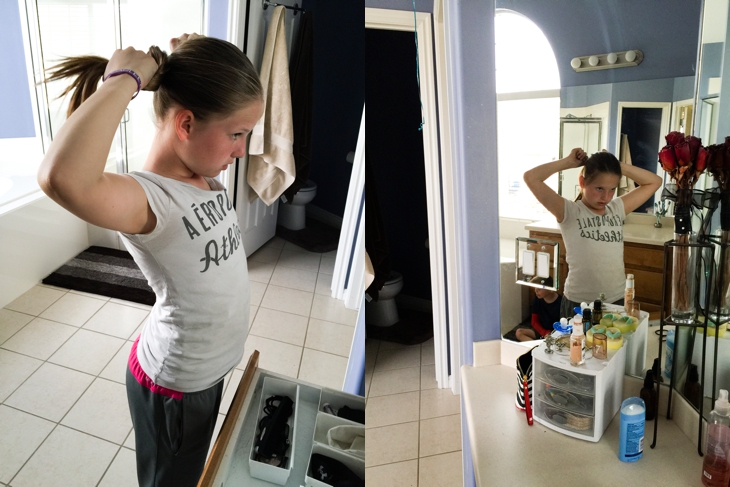
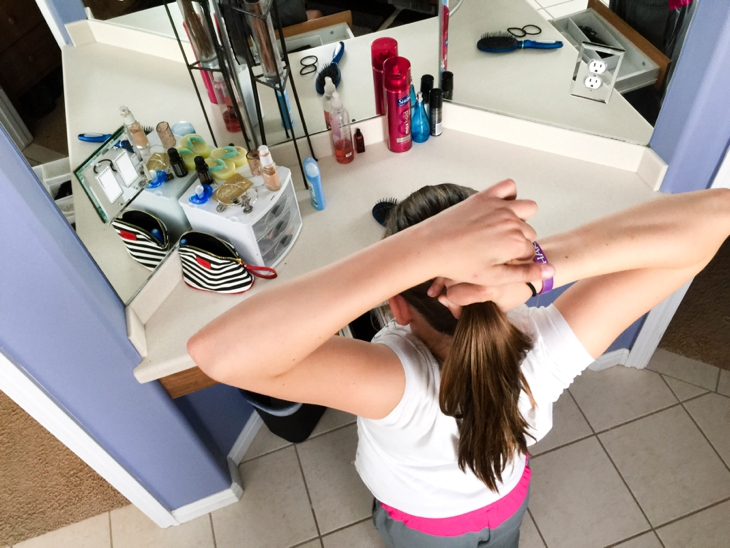
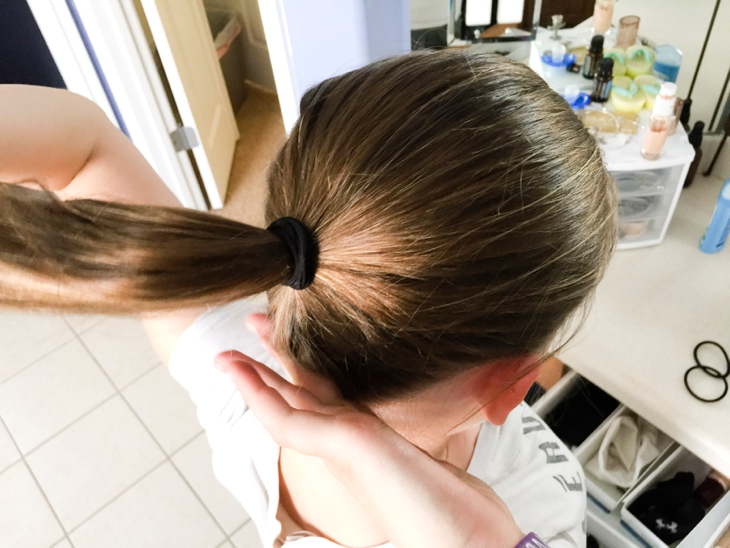

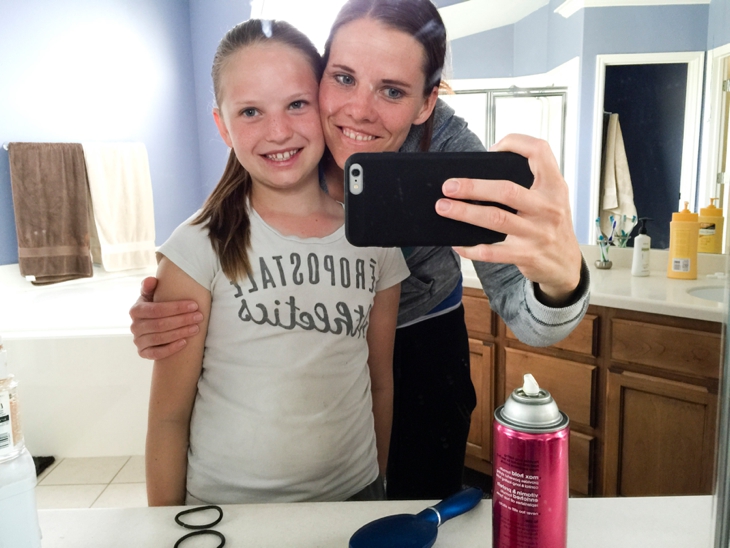
Photography can be such a gift as it helps us pay attention more and appreciate the everyday stories of our lives.
I love this thought from my friend, Chris Jones. His son, Mitchell, died when he was 10 years old and this is what he said about taking everyday photos and telling our stories using photography:
“I began taking photos long before we discovered Mitchell’s diagnosis, but upon learning his life would be cut short, I began to see moments differently. I stopped taking photos of what things looked like and focused more on capturing what life felt like.”
Try to pay attention to what life FEELS like instead of just what life looks like. And then photograph those stories regardless of what kind of camera you have.
I was just asked to document my friends journey of breast cancer. She is having surgery this Monday and I am going to be there for it all. Do you have any suggestions? I have never done this before and only take pictures for fun. I am NOT a professional AT ALL.
Oh Kelly,
So sorry I didn’t see this comment sooner. I think it’s great that your friend is documenting her journey. Hopefully it went okay for you. My friend had stage 4 lymphoma and I was able to do video and photos of her when she shaved her head. It was heartbreaking and inspiring all at the same time. If you still need some ideas on things you’ll be documenting in the future, send me an e-mail! I’d love to help!